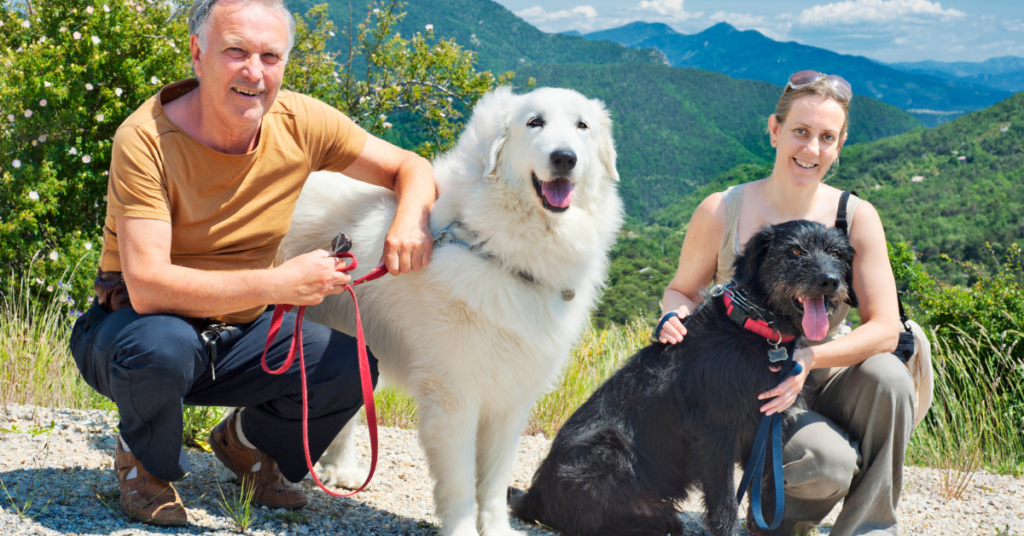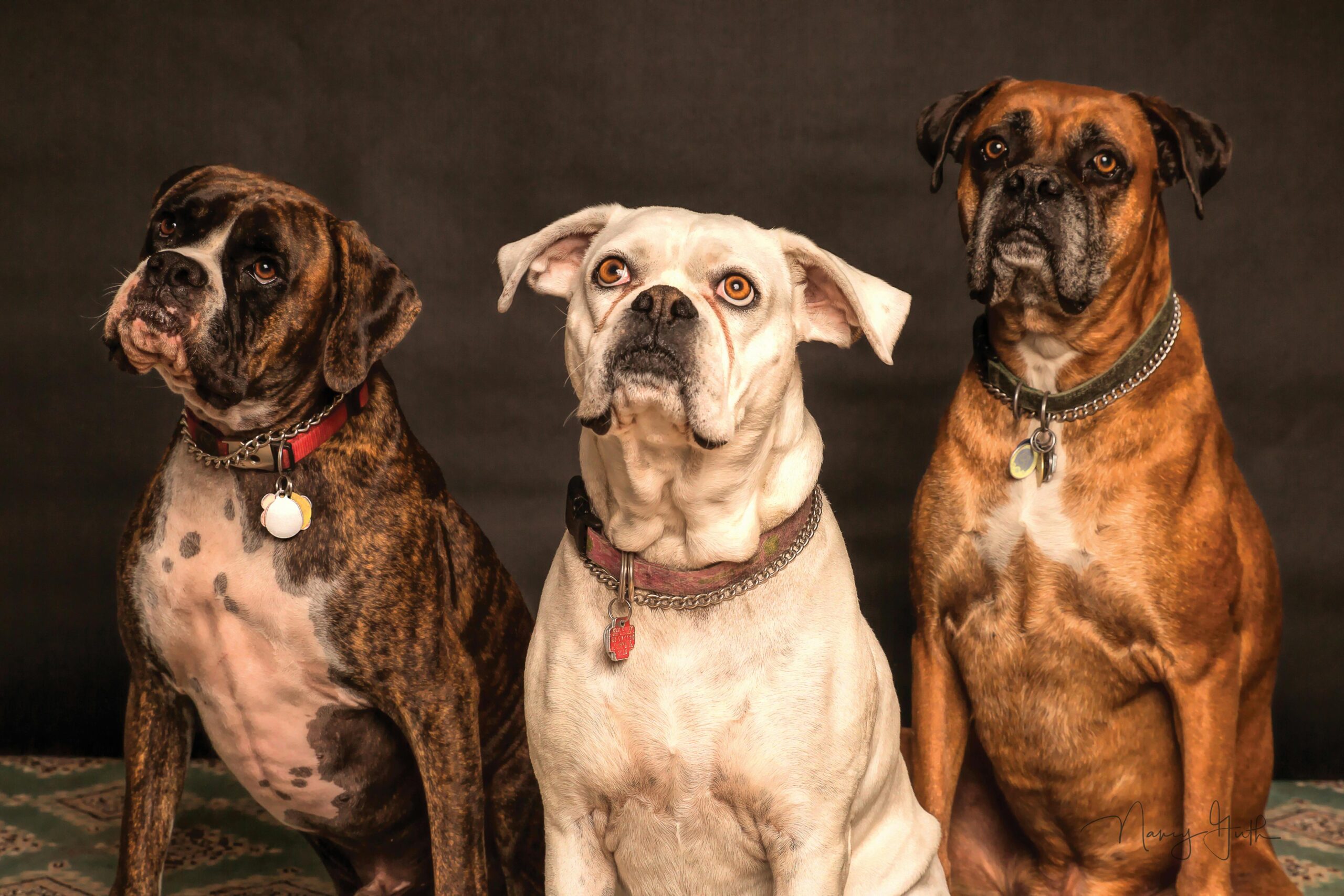Tibial Plateau Leveling Osteotomy (TPLO) surgery is a highly effective procedure designed to treat cranial cruciate ligament (CCL) injuries in dogs. This surgery stabilizes the knee joint, enabling dogs to regain mobility and reduce pain. Understanding the TPLO recovery timeline is crucial for pet owners to ensure optimal healing and successful outcomes. For more details on TPLO surgery, visit Animal Outpatients Surgery’s services page.
Ensuring a Full Recovery
Ensuring a full canine ACL recovery for your dog involves dedication and consistent care. Here are some strategies to help your dog recover fully:
Regular Veterinary Check-Ups: Schedule frequent check-ups to monitor your dog’s progress and catch any issues early.
Consistent Exercise Regimen: Follow a structured exercise plan as recommended by your vet to rebuild strength gradually.
Balanced Diet: Provide a diet rich in nutrients that support joint health. Weight management is vital to reduce stress on the knee.
Supplements: Consider glucosamine and chondroitin supplements to aid joint health.
Safe Home Environment: Create a safe space for your dog to prevent re-injury, and ensure ongoing physical therapy or exercise as needed.
TPLO Recovery Week by Week
Here is a week-by-week guide to your dog’s ACL surgery recovery. We will look at things like activity levels, when your dog can climb stairs again after ACL surgery, and when they should be fully recovered.
Week 1: Immediate Post-Surgery Care
The first week post-surgery is critical for your dog’s TPLO recovery. Focus on pain management, wound care, and restricted activity.
Allowed Activities
Let your dog rest in a confined and comfortable space. Take them on short, controlled leash walks for bathroom breaks only.
Prohibited Activities
Ensure they don’t lick or chew the incision site. No running, jumping, or playing is allowed and don’t allow any unsupervised movement around the house.
Keeping the surgical site clean and monitoring for infection is very important. Use an e-collar or cone collar to prevent your dog from licking the incision.
Week 2: Initial Healing Phase
During this phase, your dog will transition from immediate postoperative care to initial healing. Pain and swelling should gradually reduce, but activity should remain restricted.
Allowed Activities
They can now go for short, controlled leash walks (5-10 minutes) and do gentle range-of-motion exercises as recommended by the vet.
Prohibited Activities
Don’t allow them to climb the stairs yet. Avoid rough play or interaction with other pets and high-impact activities like running or jumping.
Continue with follow-up visits to your vet to monitor your dog’s progress.
Week 3-4: Gradual Increase in Activity
In weeks three and four of your dog’s ACL surgery recovery, activity levels can be slightly increased, but no high-impact activities. Leash walks can be longer, and gentle range-of-motion exercises can continue. Keep your dog calm and controlled.
Allowed Activities
Enjoy slightly longer leash walks (10-15 minutes) and controlled indoor movement.
Prohibited Activities
No off-leash activities are allowed yet, and no climbing stairs or jumping on furniture.
Also, avoid playing with other dogs or engaging in strenuous activities.
Managing any challenges during this phase is essential to avoid setbacks.
Week 5-6: Physical Therapy and Strengthening
Physical therapy becomes a crucial part of TPLO recovery, focusing on exercises designed to strengthen the muscles around the knee joint. Hydrotherapy is also an option as the water takes the weight off the joint allowing your dog to exercise the joint without unnecessary strain.
Allowed Activities
Go for longer leash walks (15-20 minutes), as well as supervised, controlled physical therapy exercises. You can also take your dog for hydrotherapy sessions if recommended.
Prohibited Activities
Continue avoiding uncontrolled off-leash activities, as well as rough play with other pets and high-impact activities like jumping or running.
Maintaining a structured routine will support continued healing.
Week 7-8: Increased Mobility and Activity
Activity levels can be further increased, with longer walks and more advanced physical therapy exercises. Gradually reintroduce stairs and other moderate activities. Even though it might seem that your dog is doing much better continue to adhere to your vet’s recommendations.
Allowed Activities
You can now start bringing in a controlled introduction of stairs (with supervision), remember to take it slow. Continue with longer leash walks (20-30 minutes) and move on to advanced physical therapy exercises.
Prohibited Activities
Keep on avoiding high-impact activities without supervision, and unsupervised off-leash play. Also avoid any activity causing signs of discomfort or pain.
Monitor your dog closely for any signs of discomfort or setbacks.
Week 9-10: Preparation for Full Activity
In this week the focus shifts to preparing your dog for a return to full activity. Continue with strength-building exercises and gradually reintroduce play and more vigorous activities.
Allowed Activities
Take them on nice long leash walks (30-40 minutes), and start having supervised play sessions with moderate activity. Continue with the physical therapy and strengthening exercises.
Prohibited Activities
Don’t allow unsupervised vigorous play or running, or any activities that may cause strain or re-injury. Avoid any new activities without veterinary approval, when in doubt, rather give your vet a call.
Final follow-up visits with the vet will assess your dog’s readiness for complete TPLO surgery recovery.
Week 11-12: Return to Normal Activity
In the final phase, your dog can return to normal activity levels, including running, jumping, and playing. Continue monitoring for any signs of discomfort and maintain a balanced exercise routine to prevent future injuries.
Allowed Activities
It’s back to normal play and exercise routines. Allow off-leash activities in a safe, controlled environment, but continue monitoring and occasional physical therapy if needed.
Prohibited Activities
Continue avoiding any high-risk activities without caution or overexertion during play or exercise. Don’t ignore signs of discomfort or pain.
Things to Look Out For During Recovery
Complications can occur during recovery, and early detection is crucial. Have a look at ‘What Are The Most Common Complications Of TPLO Surgery In Dogs?’ for information on common complications and their symptoms. Contact your vet immediately if you notice anything concerning.
Conclusion
Understanding and following the TPLO recovery timeline is essential for a successful outcome. Keep your beloved dog’s movement restricted to begin with and gradually increase their movement. Keep the incision site dry and clean and make sure to attend all follow-up appointments with your vet. For more detailed instructions on recovery, visit Animal Outpatients Surgery’s post-op page. Twelve weeks might feel like an eternity, but by remaining patient and diligent throughout the recovery process and maintaining open communication with your veterinarian, you will be rewarded with the joy of seeing your dog return to a healthy, active lifestyle.
If your dog is suffering from a possible CCL injury or is due to undergo a TPLO surgery give us a call and let us help you with the process of taking your dog from surgery to sprint.
Works Cited
Alvarez, L.X., Repac, J.A., Kirkby Shaw, K. & Compton, N. 2022. Systematic review of postoperative rehabilitation interventions after cranial cruciate ligament surgery in dogs. Veterinary Surgery. 51(2):233–243. DOI: 10.1111/vsu.13755.



